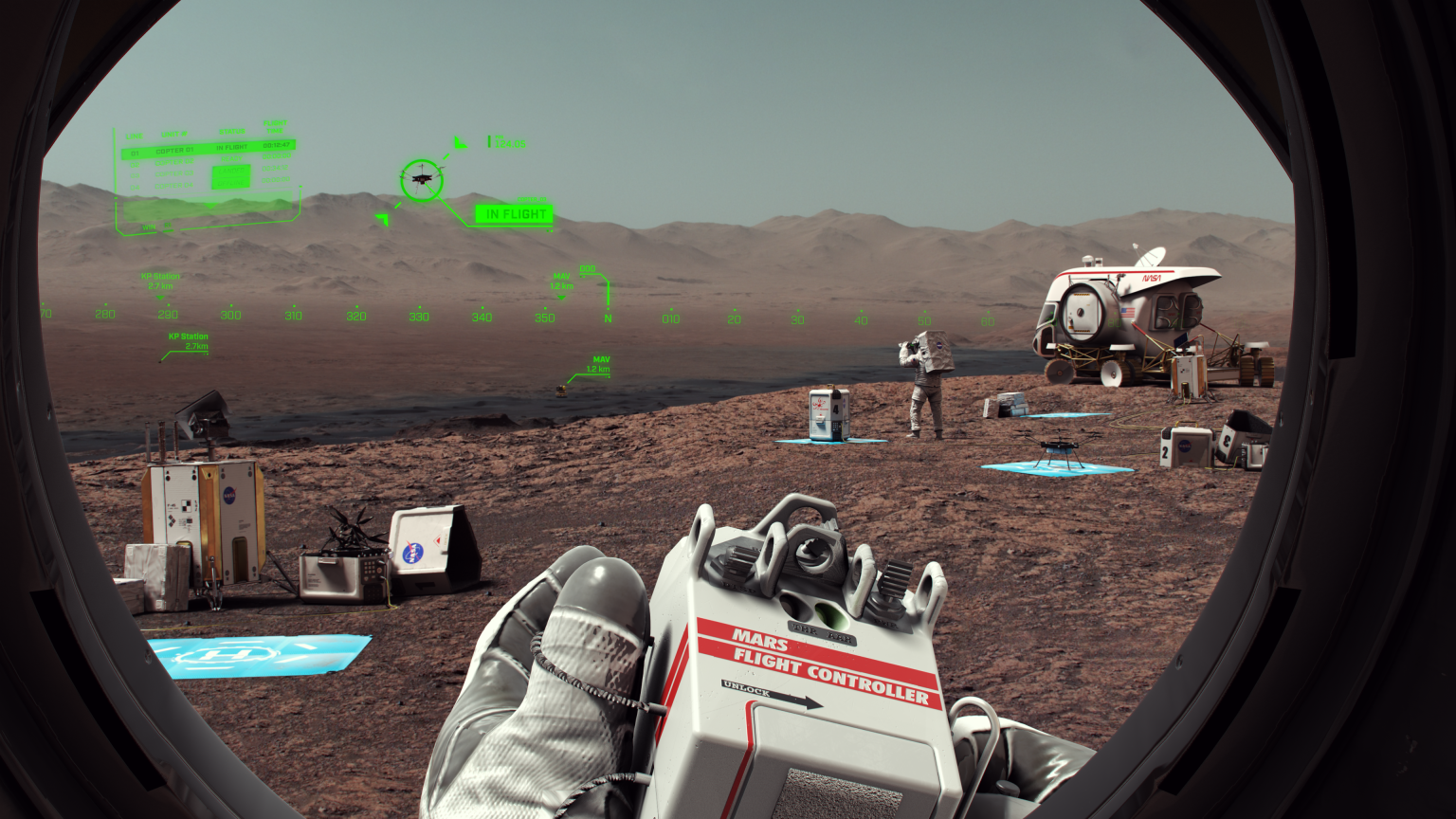
STS-90
STS-90 was the final Spacelab Mission.
Orbiter
mission duration
Launch
Landing

Mission Facts
Mission: Final Spacelab Mission
Space Shuttle: Columbia
Launch Pad: 39B
Launched: April 17, 1998, 2:19:00 p.m. EDT
Landing Site: Kennedy Space Center, Florida
Landing: May 3, 1998, 12:08:59 p.m. EDT
Runway: 33
Rollout Distance: 9,998 feet
Rollout Time: 58 seconds
Revolution: 256
Mission Duration: 15 days, 21 hours, 50 minutes, 58 seconds
Orbit Altitude: 150 nautical miles
Orbit Inclination: 39 degrees
Miles Traveled: 6.5 million
Crew
Richard A. Searfoss, Commander
Scott D. Altman, Pilot
Richard M. Linnehan, Mission Specialist
Dafydd Rhys Williams, Mission Specialist
Kathryn P. Hire, Mission Specialist
Dr. Jay C. Buckey, Jr., Payload Specialist
Dr. James A. Pawelczyk, Payload Specialist
Launch Highlights
The launch was postponed on April 16 for 24 hours due to difficulty with one of Columbia’s two network signal processors, which format data and voice communications between the ground and the space shuttle. The network signal processor 2 was replaced, and liftoff on April 17 occurred on time.
Mission Highlights
Neurolab’s 26 experiments targeted one of the most complex and least understood parts of the human body — the nervous system. The primary goals were to conduct basic research in neurosciences and expand understanding of how the nervous system develops and functions in space. Test subjects were crew members and rats, mice, crickets, snails and two kinds of fish. This was a cooperative effort of NASA, several domestic partners and the space agencies of Canada (CSA), France (CNES) and Germany (DARA), as well as the European Space Agency (ESA) and the National Space Development Agency of Japan (NASDA). Most experiments were conducted in the pressurized Spacelab long module located in Columbia’s payload bay. This was the 16th and last scheduled flight of the ESA-developed Spacelab module although the Spacelab pallets will continue to be used on the International Space Station. Research was conducted as planned, with the exception of the Mammalian Development Team, which had to reprioritize science activities because of the unexpected high mortality rate of neonatal rats on board.
Other payloads included the Shuttle Vibration Forces experiment, the Bioreactor Demonstration System-04, and three Get-Away Special (GAS) canister investigations.
Working with engineers on the ground a week into the flight, the on-orbit crew used aluminum tape to bypass a suspect valve in the Regenerative Carbon Dioxide Removal System that had threatened to cut short the mission.
Mission Management Team considered, but decided against, extending the mission one day because the science community indicated an extended flight was not necessary and weather conditions were expected to deteriorate after planned landing on Sunday, May 3.
STS-90 Mission Specialist Kay Hire was Kennedy Space Center’s first employee to be chosen as an astronaut candidate.
STS-90
Shuttle News
Retired Space Shuttle Locations
Shuttle Atlantis – Kennedy Space Center Visitor Complex Shuttle Discovery – Steven F. Udvar-Hazy Center Shuttle Endeavour – California Science…
Read the Story















































